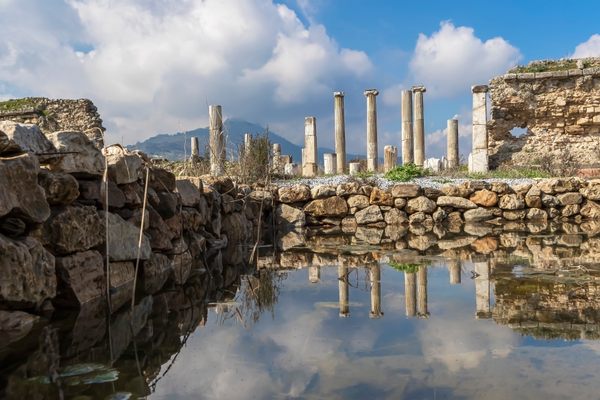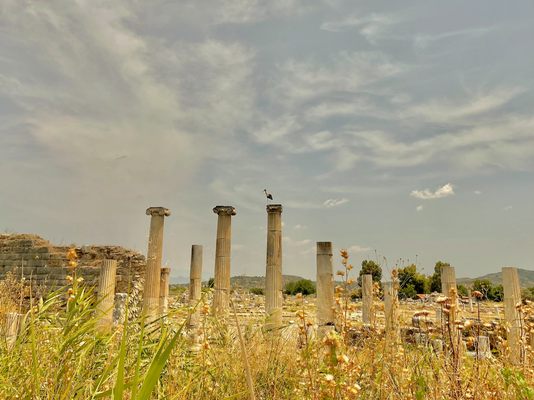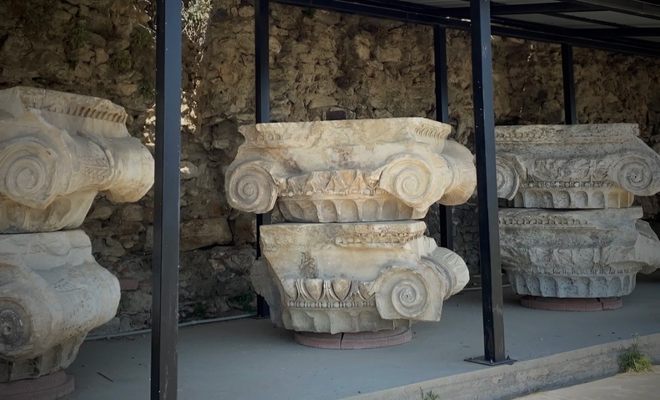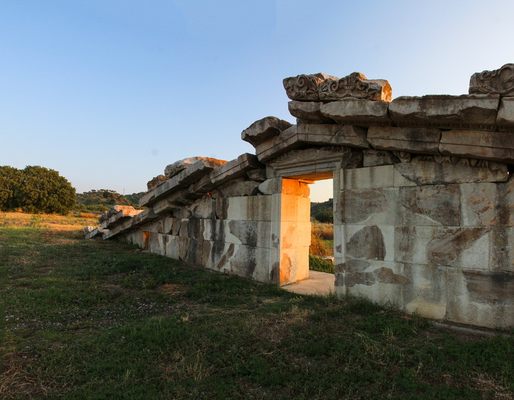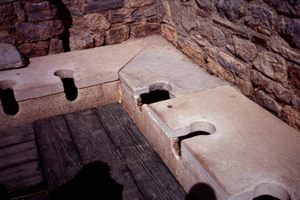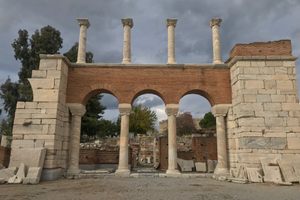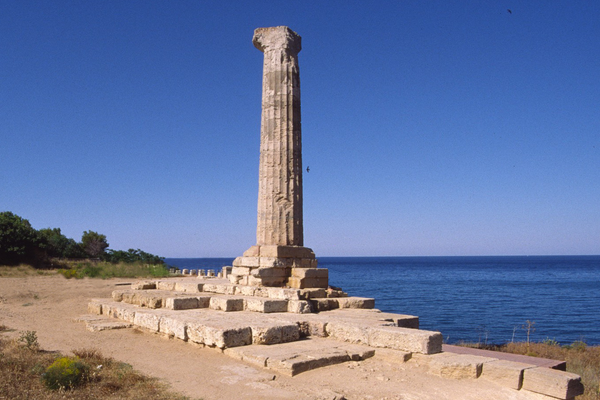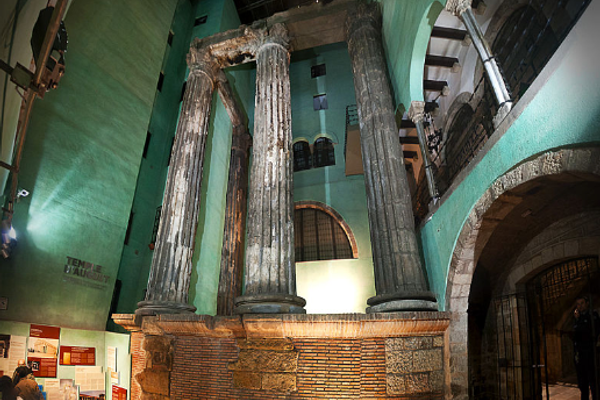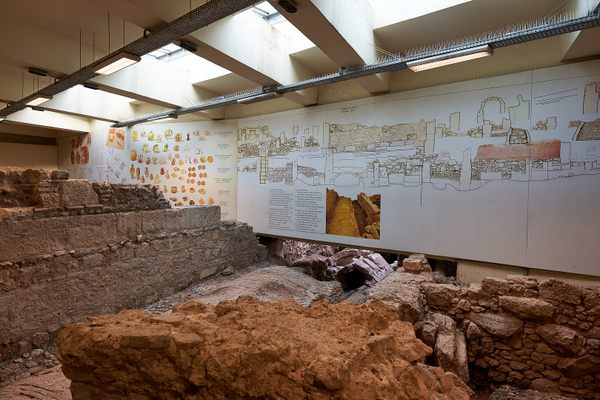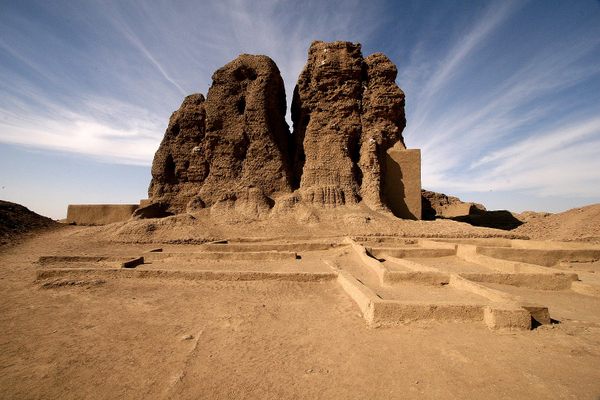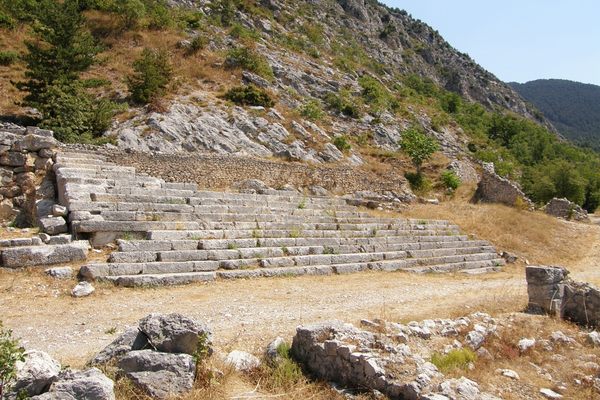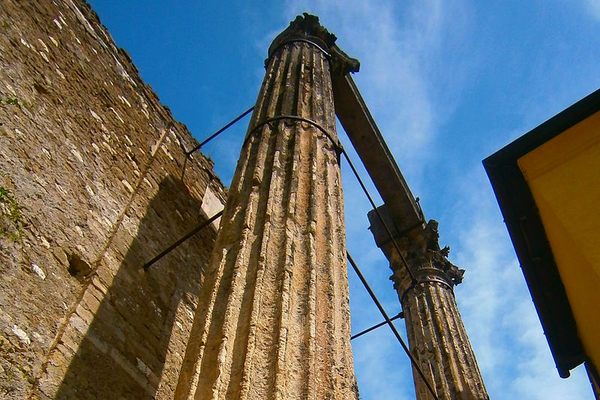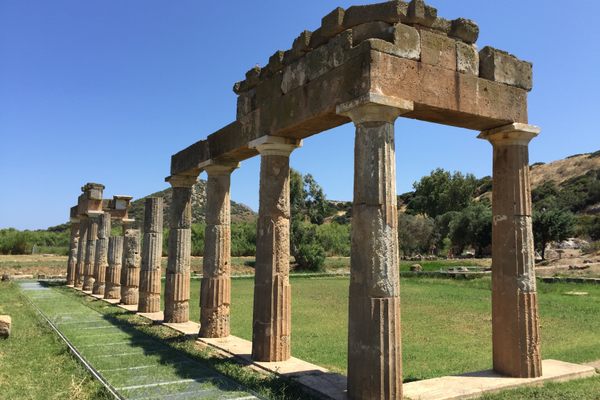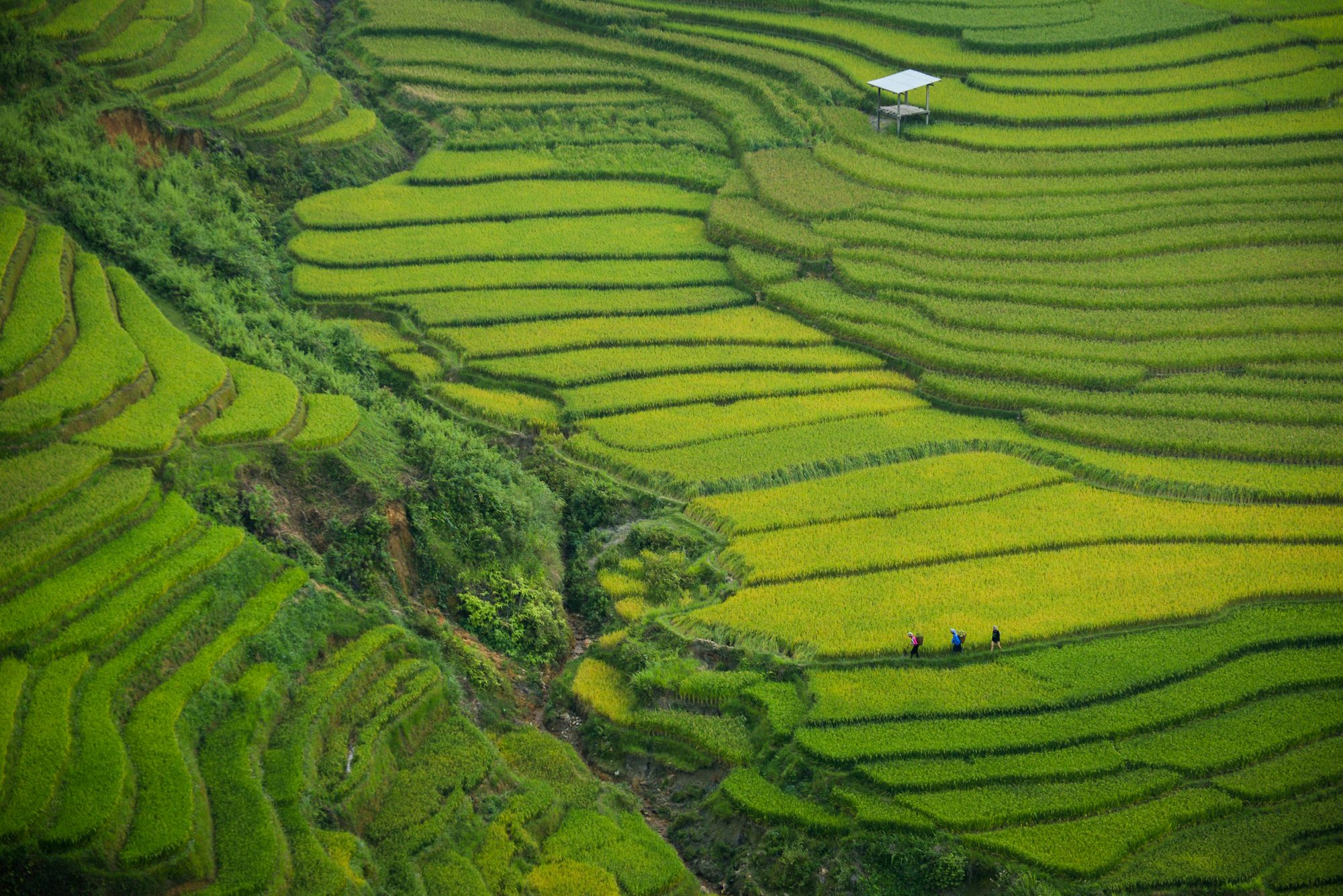About
The reign of Alexander the Great (336-323 BC) marked a golden age for the city of Magnesia. Located in the middle of the triangle of Ephesus, Prynne, and Tralleis in Ionia, this site was a significant commercial and strategic location on the roads that connected these three major cities. Back then, the city was famous for its production of grains and figs, exports for which the area continues to be known even now.
The ancient ruins of Magnesia are located in the Tekin Village of the Germencik district of Aydın, Turkey, about 30 minutes by car from the city of Ephesus.
The site is home to some of the best-preserved ancient buildings still in existence. There's the stadium, which was built to hold 30,000 people. The Artemis Temple, which is the fourth largest Ionian temple known to exist. The famous architect Hemogenes designed several of the structures in the city, including a temple to Zeus that still stands inside the agora.
Archeologists have excavated a wide range of other Hellenistic structures at the site, including a chamber of emperors, latrina, library, ancient bath, gymnasium, theater, a chapel, and more.
The roof of the Artemis Temple has three openings, one big and two small ones. It is believed that the doors of this temple were opened on certain days where the moon rays created a certain angle. On these specified days, rays would hit exactly to the point where the Artemis statue would stand. On those days, the marble statues weren't plain white as they are now, they would be painted. The Artemis statue also had a golden armor. Thus, the moon would make the statue shine, giving it the look of a real goddess, at least to the people that were standing behind the door worshiping her.
Related Tags
Know Before You Go
You can ask the information center at the entrance of the archeological site to access the stadium.
Community Contributors
Added By
Published
March 27, 2025
